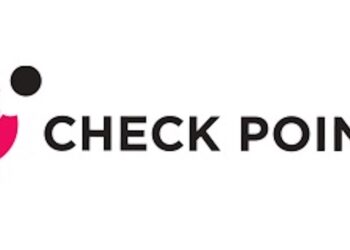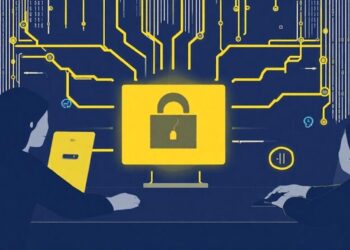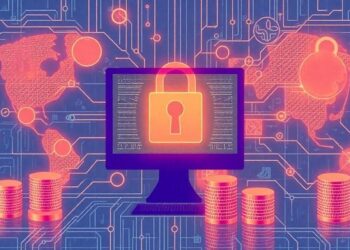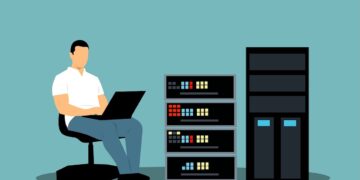According to Future Workforce Report 2018; As per hiring survey by Upwork on 1,000 people for a managerial position, 38% wanted to work remotely in the next decade. Which means we can expect a tremendous rise of remote workers across various sectors. With remote workers, businesses can make their operations stronger and more distinct but it can attract data theft, there might be a risk of highly sensitive data vulnerable to hackers. Cyber security still a challenge for organizations, to protect remote employees from cyber threats, companies must follow cyber security protocols to ensure data security.
As per Cisco and InsightExpress, 46% of remote employees share file on their personal computer which results in facing security challenges
Therefore it’s necessary that businesses need to integrate measures ensuring data protection. In an age where digital mobility is enabling employees to work remotely, implementing best practices can secure business
Following are the security guidelines to protect remote employee from cyber threats
1. Provide Remote Employees Secured Devices
Provide remote employees with company’s devices that are fully protected with Antivirus, Antispyware, Antiphishing and regularly monitored as it can help to track if there are some issues. Secured devices will notify of any new threat and enhance cyber security of remote employees.
2. Install High-end Software
There is much high- cyber security software in the market that help to track certain details like a number of hours spent on a particular project and kind of project remote employee working on; which help in monitoring.
3. Cyber Security Protocols
Biggest security threats are identity theft. As per the UK’s Credit Industry, Fraud Avoidance Scheme’s (CIFAS) Annual Fraud Report 2016; 791 million identities were stolen in the U.S.
The business should impose strict protocols like having a cyber security policy that every remote employee should follow. Make sure your company follows strong passwords policy and cater to every department’s security issues.
4. Educate/Train Employees
Employee security training is expected to be one of the most-adopted solutions in 2019.
There are chances remote employee may unknowingly click on a malicious attachment, URL and fake web page, so it important to train employees about cyber security. Regular training on different security threats and how to prevent them, meeting with employees so that they know the importance of keeping the data private and secure, reviewing the latest cybersecurity threats and how to spot scams should be included in such training programs.
5. Use Encryption
Working with remote employees opens up a variety of potential cyber security vulnerabilities. Email is one important way of communication used by the business. So it is essential to use encryption software to safeguard important files. Encryption basically encodes the data so it’s harder for hackers to access.
6. Avoid using public unsecured Wi-Fi networks and use VPN
Connecting to public Wi-Fi is also the main reason leading to data leakage. Ask your employees especially remote workers to avoid using public unsecured Wi-Fi networks. As there might be chances that they may work from any nearby cafe. Public Wi-Fi networks are easy to hack or distribute malware to get users important data
Spiceworks report says, 61% of employees connect to public Wi-Fi networks from company-owned devices when working remotely.
Another threat is Wi-Fi phishing where hackers create a legitimate page on your company’s website to hack credentials. The best way to avoid all these threats is by using a VPN.
7. Updated Softwares
2018 State of Endpoint Security Risk Report states that Average time to patch critical software is 102 days. It is easy for Cybercriminals to attack outdated software and access valuable data. Ensuring all your systems and software are updated help to combat vulnerabilities and enhance remote employee’s cyber security.
8. Invest in a Cloud-Based Phone System
When you have a cloud-based phone system, all of your remote employees can use the same phone system from any location and devices. Customer’s caller ID is updated on the system and so there is no loss of potential customer even if a remote employee leaves the job as your team can make calls and do business. Make sure to use secure API and Multi-factor authentication cloud-based system.
- Ream More: Best Password Security Guidelines to follow























